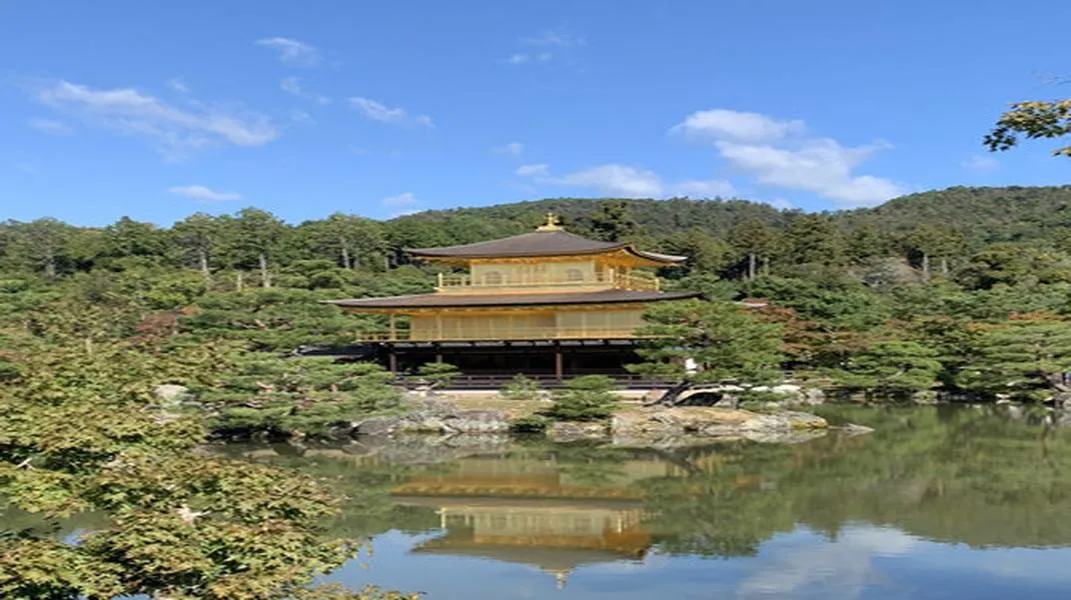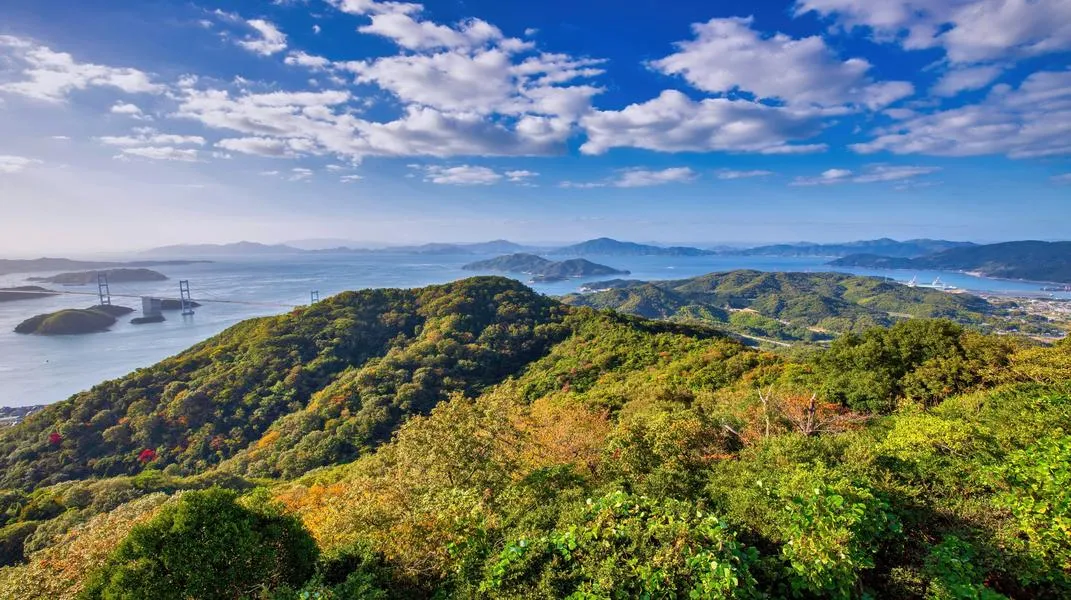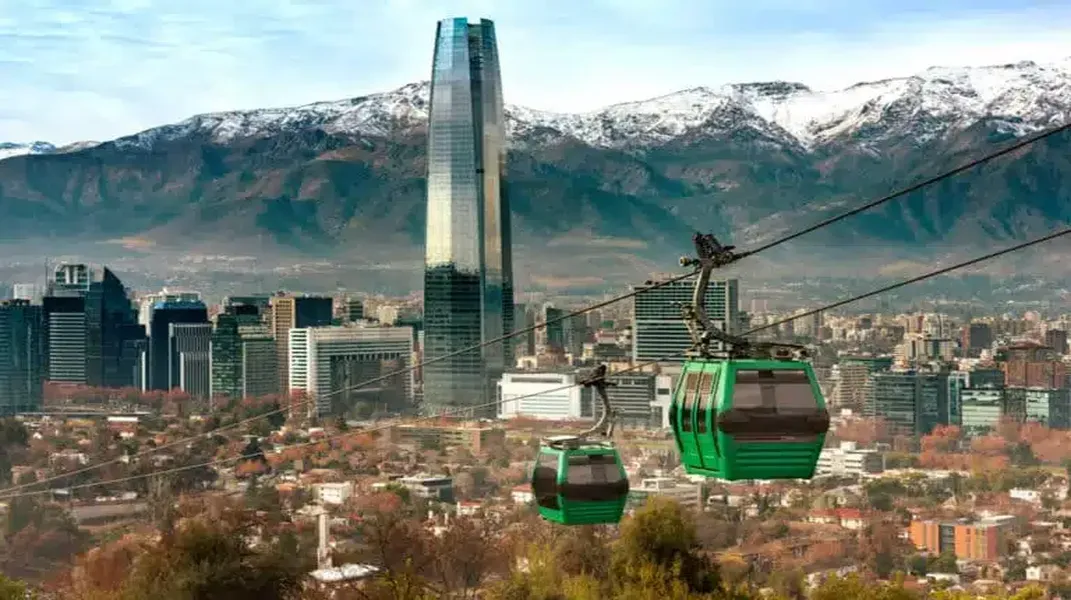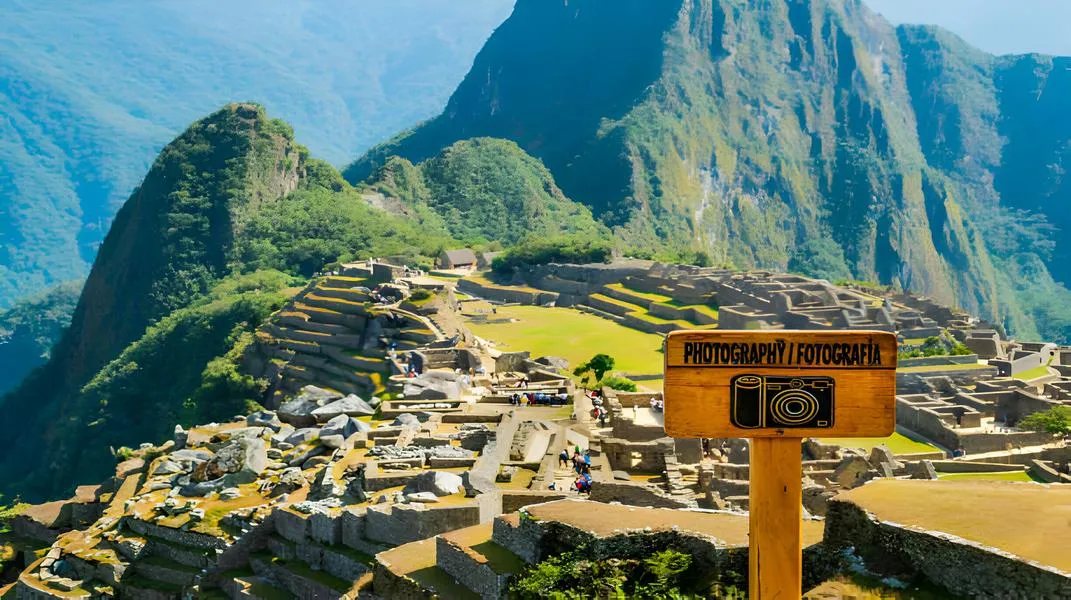Kyoto: A Timeless Journey Through Japan’s Cultural Heart
Nestled in the mountainous region of Honshu, Kyoto is a city that embodies the essence of Japan’s rich history and cultural heritage. Once the capital of Japan for over a millennium, Kyoto is home to an incredible array of historical landmarks, serene temples, traditional tea houses, and beautiful gardens. As a UNESCO World Heritage Site, it attracts millions of tourists each year, all eager to immerse themselves in its captivating beauty and ancient traditions. In this article, we will explore the many facets of Kyoto as a tourist destination and provide essential information and materials to prepare for an unforgettable visit.

The Allure of Kyoto
Historical Significance
Kyoto served as the imperial capital of Japan from 794 to 1868, a period that saw the flourishing of art, culture, and religion. This long history is evident in its architecture, which reflects various periods of Japanese design, from the elegant simplicity of the Heian period to the intricate details of the Edo period. The city is often referred to as the cultural capital of Japan, boasting over 1,600 Buddhist temples, 400 Shinto shrines, and numerous gardens and palaces.
Iconic Attractions
1. Kinkaku-ji (Golden Pavilion): One of Kyoto’s most famous landmarks, Kinkaku-ji is a Zen Buddhist temple whose top two floors are completely covered in gold leaf. Surrounded by beautiful gardens and a reflective pond, it is a sight to behold, especially during autumn when the foliage transforms into a riot of colors.
2. Fushimi Inari Taisha: Known for its thousands of vermillion torii gates, this Shinto shrine is dedicated to Inari, the deity of rice and agriculture. The hike up Mount Inari through the torii gate-covered trails offers breathtaking views and a unique experience that can take a few hours to complete.
3. Kiyomizu-dera: This historic temple, known for its wooden stage that juts out over the hillside, offers stunning views of cherry and maple trees below. The temple is particularly beautiful in spring and fall when the trees are in full bloom or vibrant with autumn colors.
4. Arashiyama Bamboo Grove: Walking through this enchanting bamboo forest feels like stepping into another world. Towering stalks of bamboo sway gently in the breeze, creating a serene atmosphere that is perfect for reflection and photography.
5. Nijo Castle: A UNESCO World Heritage Site, Nijo Castle was the residence of the shogun during the Edo period. The castle features stunning gardens, ornate architecture, and the famous "nightingale floors," which chirp when walked upon, serving as a security measure against intruders.
6. Gion District: Famous for its traditional wooden machiya houses and geisha culture, Gion is a must-visit for anyone wanting to experience Kyoto’s historical charm. Stroll the streets in the evening to catch a glimpse of geiko and maiko (geisha apprentices) as they make their way to appointments.
7. Philosopher's Path: This picturesque walkway follows a cherry-tree-lined canal and is especially stunning during cherry blossom season. Lined with temples, cafes, and shops, it offers a peaceful escape from the busier parts of the city.
Culinary Delights
Kyoto is also celebrated for its culinary offerings, with a focus on seasonal and local ingredients. Traditional Kyoto cuisine, known as kaiseki, is a multi-course dining experience that emphasizes harmony and balance. Visitors can also savor yudofu (tofu hot pot), matcha (green tea), and various sweets known as wagashi.
Preparing for Your Visit
Best Time to Visit
While Kyoto is beautiful year-round, the best times to visit are during spring (March to May) and autumn (September to November). Spring is renowned for cherry blossoms, while autumn showcases breathtaking foliage. The summer months can be hot and humid, while winter offers unique charm with fewer crowds and the possibility of snow.
Essential Materials to Prepare
Travel Guidebook: A reliable travel guide will help you navigate the city, offering insights into the history and significance of various attractions. Look for updated editions that include maps, itineraries, and local tips.
Map of Kyoto: Though smartphones have made navigation easier, having a physical map can be beneficial, especially in areas with limited cell service. You can often pick up a free map at tourist information centers.
Japan Rail Pass: If you plan to explore other cities, consider purchasing a Japan Rail Pass, which offers unlimited travel on JR trains, including the Shinkansen (bullet train), and can save you significant money.
Public Transportation Card: Kyoto's public transportation system, including buses and subways, is efficient. Obtaining an IC card like Suica or ICOCA will streamline your travel within the city.
Comfortable Footwear: Prepare for a lot of walking, especially if you plan to visit multiple temples and shrines. Comfortable shoes are a must to enjoy your explorations without discomfort.
Camera: With its stunning landscapes and historic architecture, Kyoto is a photographer's dream. A high-quality camera or smartphone with good photo capabilities will help you capture the beauty of your surroundings.
Travel App: Download helpful travel apps for navigation, translation, and local recommendations. Apps like Google Maps, Google Translate, and TripAdvisor can enhance your experience.
Cash: While credit cards are increasingly accepted, many smaller shops, restaurants, and temples may only accept cash. It’s advisable to carry some yen on hand for purchases.
Portable Charger: To keep your devices charged while exploring, consider bringing a portable charger. This is especially useful for long days out, where you may be relying on your phone for navigation and photography.
Cultural Etiquette Guide: Familiarize yourself with Japanese customs and etiquette, particularly when visiting temples and shrines. Understanding how to behave respectfully in these sacred spaces will enhance your experience.
Suggested Itinerary
Day 1: Eastern Kyoto
- Morning: Start your day at Kiyomizu-dera, then stroll through the historic streets of Ninenzaka and Sannenzaka.
- Afternoon: Visit Ginkaku-ji (Silver Pavilion) and walk along the Philosopher's Path.
- Evening: Explore Gion and enjoy a kaiseki dinner.
Day 2: Northern Kyoto
- Morning: Visit Kinkaku-ji (Golden Pavilion) and Ryoan-ji (famous for its rock garden).
- Afternoon: Head to Arashiyama to explore the Bamboo Grove and visit Tenryu-ji Temple.
- Evening: Relax by the river or enjoy a traditional tea ceremony.
Day 3: Southern Kyoto
- Morning: Visit Fushimi Inari Taisha, taking time to hike through the torii gates.
- Afternoon: Explore Tofuku-ji Temple and its beautiful gardens.
- Evening: Return to your favorite spot in Gion for dinner or enjoy a night walk along the Kamo River.
Conclusion
Kyoto is a city that offers a rich tapestry of experiences, blending the old with the new and showcasing the beauty of Japanese culture at every turn. With its historical landmarks, serene gardens, and delectable cuisine, it is a destination that captivates and enchants visitors from around the globe. By preparing adequately and immersing yourself in the local culture, you can ensure that your journey to Kyoto will be both enriching and unforgettable. Whether you are a history buff, a nature lover, or a culinary enthusiast, Kyoto promises a timeless and transformative experience.




